Interview with Saisudha Acharya, Author of ‘History Unpacked: The Why, When and What of Ancient India’
Saisudha’s History Unpacked makes ancient India hilarious, thoughtful, and real—sparking curiosity in kids while balancing truth with storytelling.on Jun 30, 2025
.jpg)
Frontlist: Your book makes ancient Indian history both humorous and insightful. What inspired you to take such a light-hearted yet educational approach to such a vast and serious subject?
Saisudha: When I was teaching history and would refer my students to books in the school library but they rarely read them. It wasn’t that they weren’t reading. It was that they weren’t reading what I was hoping they’d read. Instead I would occasionally have kids spout facts from Roman history or British history because they were devouring these old and worn Horrible History books we had on our shelves.
That’s when it clicked: they were curious, but the material had to match their taste. History Unpacked was my way of writing the kind of book they’d actually want to pick up, one that makes you laugh and think at the same time.
I also wanted to focus on the historical method and highlight how little we actually know, while writing it in a way that is accessible to readers of all ages.
Frontlist: You moved from working with financial data to education and writing for children. How did that transition shape your storytelling in History Unpacked?
Saisudha: This is a good question. Did it shape my storytelling? Perhaps it did.
I studied economics and genuinely enjoyed it. I like neat graphs, tidy tables, and theories that sound perfectly sensible on paper even if they are not always realistic. But in the workplace, I found that numbers and data felt dry and meaningless unless they were paired with context. Context matters.
When I write history, I always try to make sure we place events in the context they happened in. If we yank them out of their time and place, we risk misunderstanding them, or worse, twisting them into something they were never meant to be.
Education, on the other hand, taught me how important it is to tell a good story because attention is earned, not assumed. Unlike with writing, I could see interest fade in the eyes of my audience in a classroom. I had to find ways to make whatever I was teaching (and now writing) matter to the person in front of me.
Frontlist: The book’s subtitle emphasises the “Why, When, and What” of history. Why do you think asking 'why' is especially important when teaching history to children?
Saisudha: Don’t you think 'why' is the most fun question in this list? 'When' and 'what' will give you dates and events. That’s the boring stuff that had us yawn in history class. But 'why' takes you under the surface. It helps the reader see that history isn’t just a list of things that happened but a series of choices people made for reasons that made sense to them at the time (even if some of them seem ridiculous now).
‘Why’ questions make us think and not just consume information. They make us question power, unpack causes, and notice patterns. In the process, we’ll hopefully notice that history isn’t fixed; it’s a conversation.
Frontlist: In the spirit of the SunLit theme, which part of ancient Indian history do you think deserves more 'sunlight'—more visibility or exploration, especially in school curricula?
Saisudha: I think what most surprised me while writing this book was just how widespread Buddhism and Jainism were in ancient India. For centuries, these traditions were a major part of public life, with royal support, thriving monastic institutions, and a deep influence on art, architecture, and governance. A lot of what we know about the ancient past is through
And their impact wasn’t limited to South Asia. Today, cultures east of us believe implicitly in the idea of rebirth and karma. That came from Buddhism! Indian ideas and not just spices and textiles travelled across the world through trade, curious scholars and shared stories. We don’t talk about it enough.
We’re always talking about great kings and queens. But what about great ideas? You didn’t need to be a powerful king to have great thoughts (or terrible ones; to be fair we had those too). I’d love to see more sunlight on the thinkers, the wanderers, and the philosophies that made India such a vibrant part of the ancient world.
Frontlist: You’ve designed school learning experiences alongside writing. How do you see History Unpacked fitting into classrooms or homeschool settings?
Saisudha: I think History Unpacked works best as a spark. It’s obviously not meant to replace a textbook, but it can sit beside one and make students raise their eyebrows and ask more questions.
I know how difficult and time consuming it can be to find ways to make lessons more interesting and relevant, so I hope teachers can use it to introduce a topic, kick off a discussion, or explore what textbooks sometimes skip, like uncertainty, debates among historians, or just the weird and wonderful details that make the past feel real.
In homeschool settings, I hope it offers an easy way for parents and kids to read and think together. The chapters are short and self-contained, so you can dip in and out. And there’s room for tangents, questions, and rabbit holes which is where all the best learning happens (right?)
But I also hope History Unpacked isn’t just read to educate. Several adult readers have reached out to say how much fun they had with the book, especially the sarcastic comics and Buzzfeed-style quizzes. I’d love it if my reader forgot they were ‘supposed’ to be learning and just had a good time.
Frontlist: Many young readers find history boring or difficult to remember. What’s one myth about history education you hope to bust through this book?
Saisudha: I’m awful with dates and names, which is a strange thing for someone writing about history to admit but it’s true. And I think that’s the big myth I want to bust: that being “good at history” means being good at memorising things.
History isn’t about perfect recall. It’s about curiosity. It’s about asking questions, spotting patterns, and understanding why people did what they did. The things in our history textbooks are there (hopefully!) for a good reason. They inform us about how we got here. Of course, it’s useful to remember that Ashoka came well before Jahangir and you really don’t want to be the one who claims that the Harappans had steam boats to ferry them up and down rivers to the Arabian Sea. But beyond that, history is less about lists and more about connections.
Frontlist: Your book touches on human quirks - ‘the strange things that humans do.’ Can you share a favourite baffling or funny story from ancient India that didn’t make it into the final draft?
Saisudha: I find what Greek historians say about India absolutely hilarious. I do have a section on it in the book, but I couldn’t quite include all the ridiculous things they claimed. Two of my favourites:
One Greek writer described Indians who had no mouths, and apparently survived just by smelling roasted meat and perfume. Another described giant ants who dug up gold dust from the desert, which locals had to steal before the ants chased them off.
I find it amusing but also interesting that India has always been exotic and baffling to outsiders.
There’s also this lovely mural at Ajanta showing two traders deep in conversation and they’re wearing socks! One has on a cheerful bright blue pair, the other white. This really shouldn’t surprise us. Chilly nights and cold feet are timeless problems.
But it still feels so unexpectedly modern and relatable.
I left it out of the book because it’s in black and white, and the image wouldn’t have added much. But it’s one of those delightful details that makes you pause and smile.
Frontlist: As someone making Indian history accessible for the next generation, how do you balance accuracy with storytelling, especially when dealing with gaps or uncertainties in the historical record?
Saisudha: Tenderly and honestly. That’s really how I try to approach it.
The truth is, we don’t always know everything. We have gaps, contradictions, silences, and rather than smoothing those over, I try to invite young readers into that uncertainty.
I let them know that history isn’t about having all the answers. It’s about asking good questions, weighing evidence, and sometimes just sitting with the fact that we may never know for sure. I think that’s a powerful thing to offer children—that sense that it's okay not to have certainty, that curiosity and care can go hand in hand.


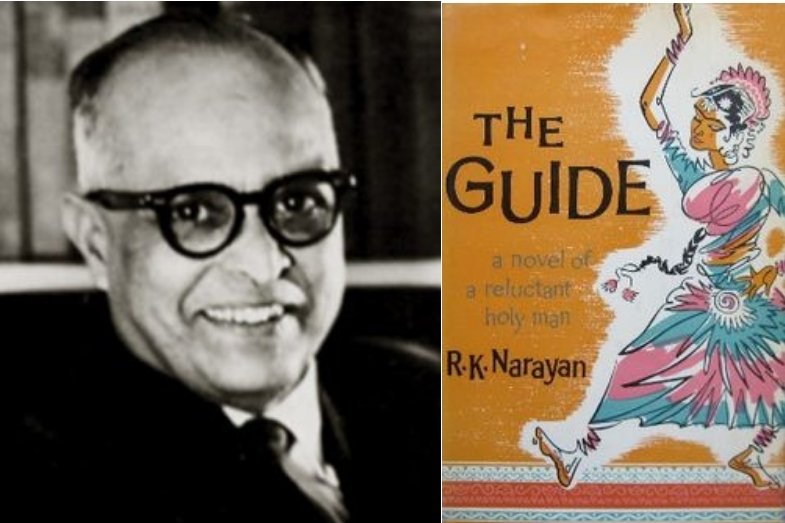
.jpg)

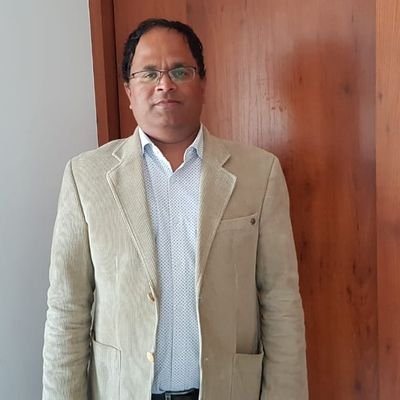


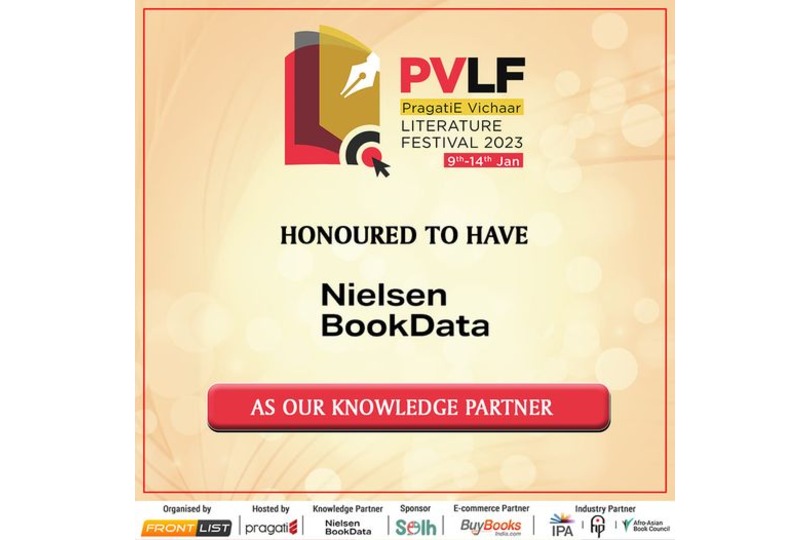
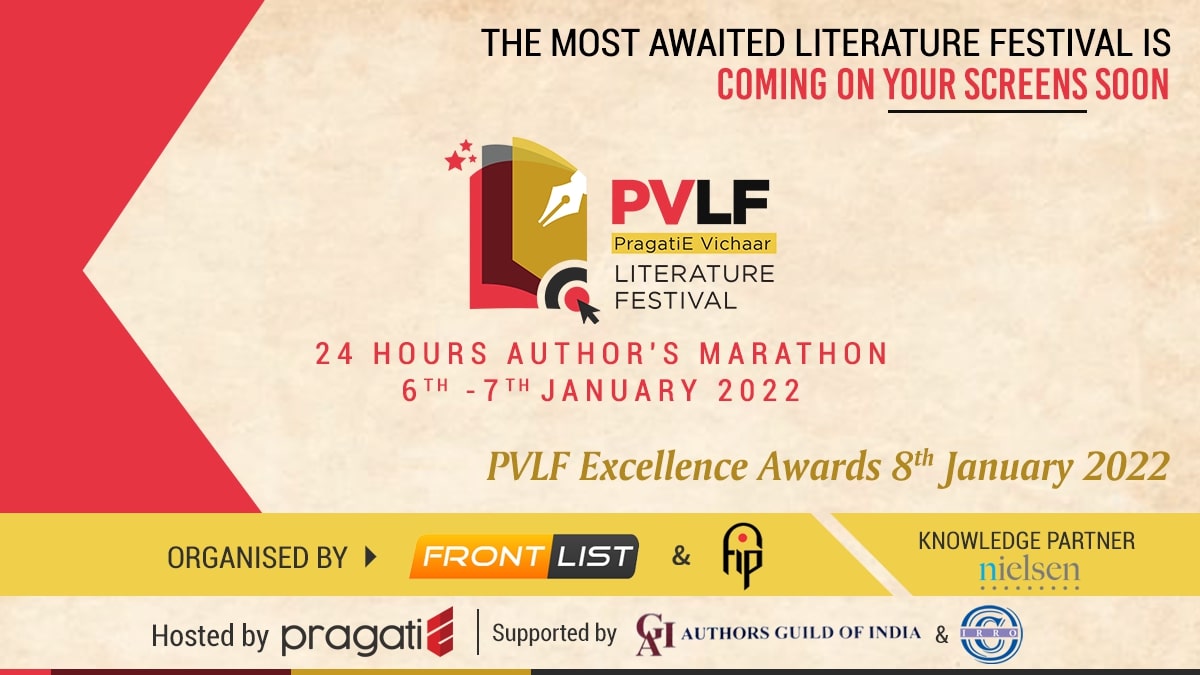
.jpg)
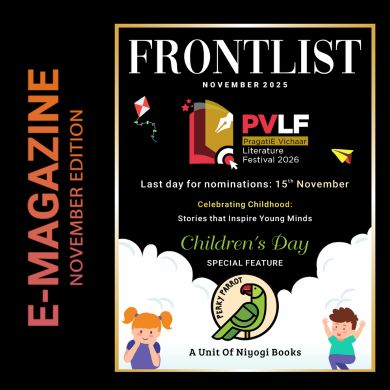
.jpg)
.jpg)
.jpg)
.jpg)
.jpg)
.jpg)
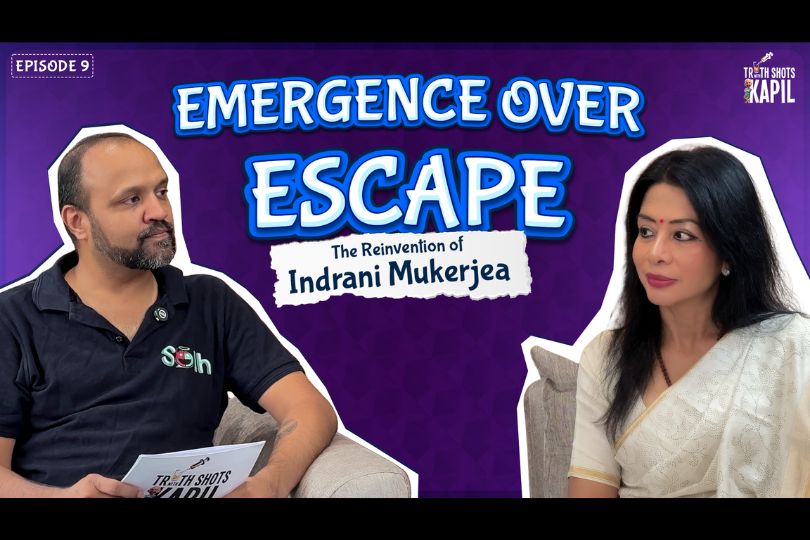
.jpg)
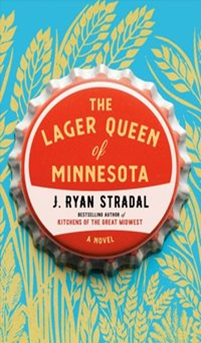

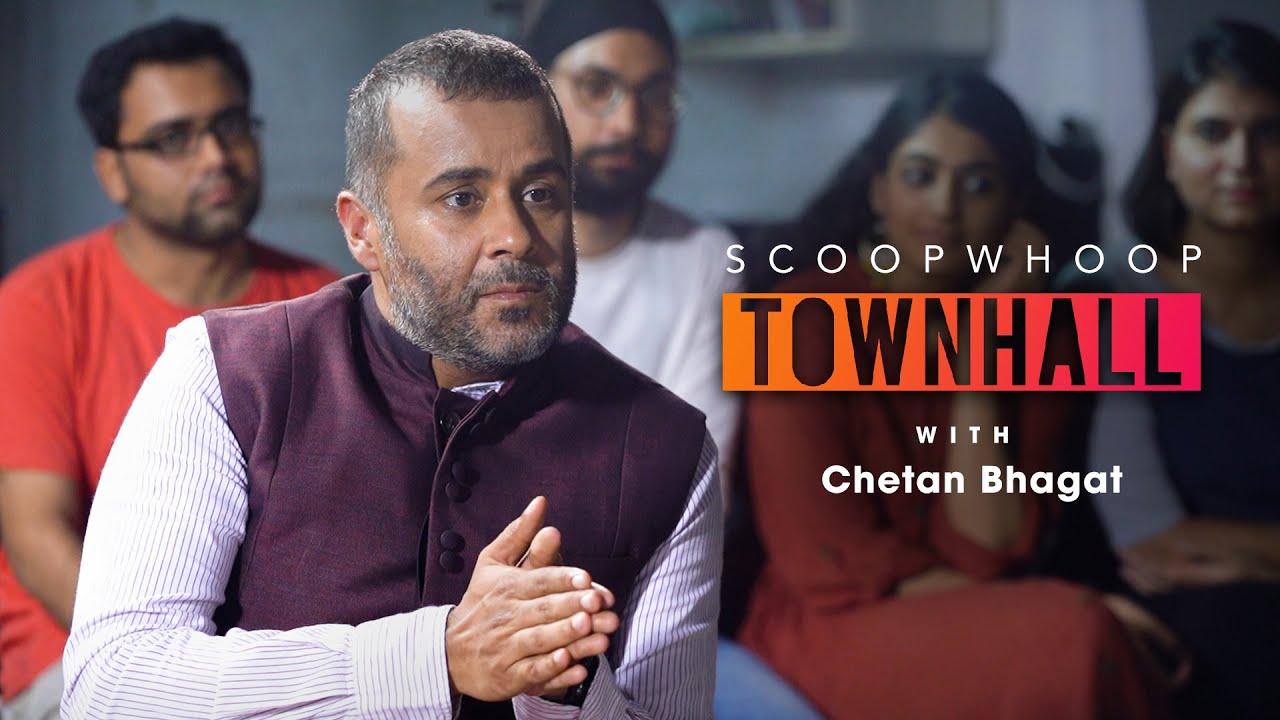

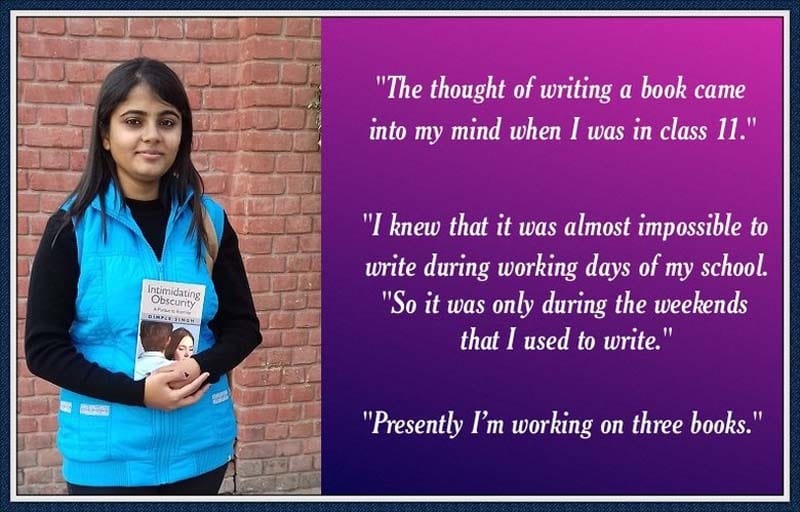


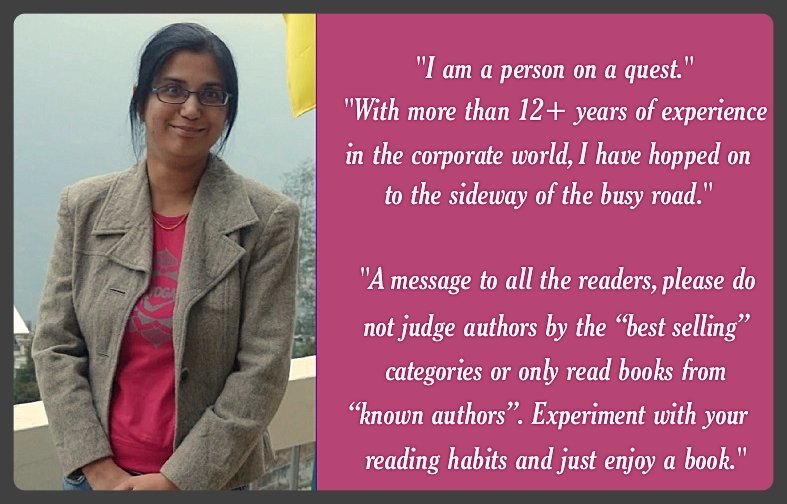


Sorry! No comment found for this post.